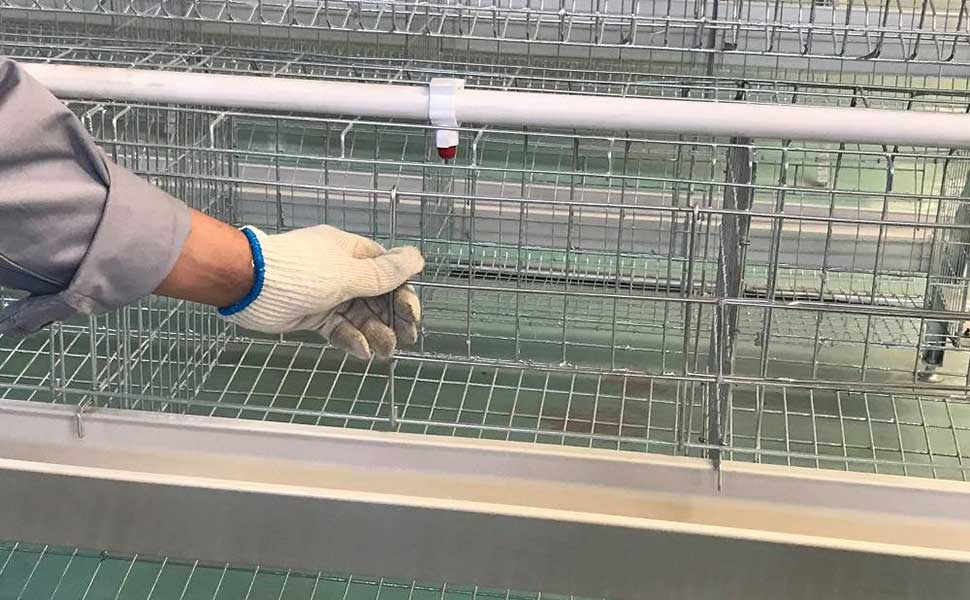Feed for laying hens in cages
Feb 13, 2020
I. Requirements for selecting feed ingredients: 1. Sensory requirements: Farmers should pay attention to fresh feed ingredients, and pay attention to whether the raw materials should be moldy, deteriorated, agglomerated, and smelly; 2. Allowable amounts of harmful substances and microorganisms should comply with GB13078 And related standards; 3. If feed additives are added to feed ingredients, corresponding explanations should be made; 4. Corn and soybean cake meal should be used as the main raw material for laying hen feed, and the amount of mixed cake meal should not be too large; 5 The by-products of the pharmaceutical industry should not be used as feed ingredients for laying hens.

2. Feed additives 1. Sensory requirements: have the color, odor, taste and tissue morphological characteristics of the variety without odor and odor; 2. the allowable amount of harmful substances and microorganisms should meet the requirements of GB13078 and related standards; 3 The feed additive products used in feed shall be products produced by enterprises that have obtained a production license for feed additive products and have obtained the product approval number; 4. The use of feed additives shall be in accordance with the usage and dosage stipulated in the product feed label; 5 . Feeders during the laying period and before the start of feeding should pay attention to the use of pharmaceutical additives, so as not to affect the performance of laying hens (except for Chinese herbal medicines with special regulations).
Third, compound feed, concentrated feed and additive pre-mix feed: 1. Sensory requirements: color and luster should be consistent, no mold, no lumps, odors, and odors; 2. Allowable amount of harmful substances and microorganisms should meet the requirements of GB13078 and related standards 3. Do not use illegal drugs; 4. Do not use medicinal feed additives; 5. The guaranteed value of product composition analysis shall comply with the content specified in the label and corresponding standards; 6. Use shall be in accordance with the usage stipulated in the product feed label, Dosage; 7. Phytase should be used to reduce the amount of inorganic phosphorus.
Requirements for feed processing: 1. Hygienic requirements: The design and facility hygiene, plant hygiene management and hygiene of the production process of feed enterprises should meet the requirements of GB / T16764; 2. Mixing: 1. Mixing time, according to equipment performance It should not be less than the specified time; 2. The mixing process should be carried out in accordance with the principle of first large quantity and then small quantity. The input trace components should be diluted to more than 5% of the maximum weight of the ingredients; 3. When formulating pharmaceutical feed additives, farmers should first produce feeds with low drug content and then process high drug content according to the type of drug. 4. Feeders should pay attention to the preparation of feeds without medicinal additives at the same time when formulating feeds at the same time, and then produce feeds with medicinal additives. The production equipment, tools and containers used should be thoroughly cleaned.
Pre:Chicken cage attention issues
Next:Physiological characteristics of chickens in cages

